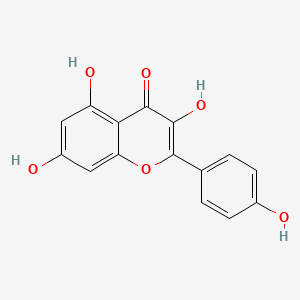For hundreds of years, practitioners of traditional Chinese medicine have used an herb called Stemona sessilifolia as a remedy for parasitic infections, such as those caused by pinworms and lice. Now, researchers reporting in ACS' Journal of Agricultural and Food Chemistry have identified 10 compounds that might be responsible for the herb's effectiveness. But there's a twist: The insecticides are produced by symbiotic microbes that live within the plant's cells -; not by S. sessilifolia itself.

Endophytes are microorganisms that live inside plant cells but do not cause apparent disease. Instead, some endophytes help plants survive by enhancing growth, nutrient acquisition, or resistance to drought or pests. Therefore, scientists are investigating endophytes as potential sources of new medicines and agrichemicals. Xiachang Wang, Lihong Hu and colleagues wanted to screen endophytes from S. sessilifolia for insecticidal activity.
To isolate endophytes, the researchers spread fresh, cut-up pieces of S. sessilifolia on agar plates. They then collected the bacteria that grew on the plates, analyzed the DNA and identified the microbes as Streptomyces clavuligerus. Using nuclear magnetic resonance spectroscopy and mass spectrometry, the team purified 10 new compounds from the bacteria with structures similar to a class of insecticides known as pyrroles. Testing the substances on insects revealed that they were strongly toxic to aphids and moderately toxic to spider mites. A bacterial extract containing all of the compounds had greater lethal activity than any compound alone. These substances, or the bacteria that produce them, could be promising new natural pesticides, the researchers say.
The authors acknowledge funding from the National Key R&D Program, the Nature Science Foundation of Jiangsu Higher Education Institutions of China, the Outstanding Scientific and Technological Innovation Team Program of Jiangsu Higher Education Institutions, Jiangsu Provincial "Double Creation Program" and the Priority Academic Program Development of Jiangsu Higher Education Institutions.
https://en.wikipedia.org/wiki/Stemona













 Relebactam
Relebactam


